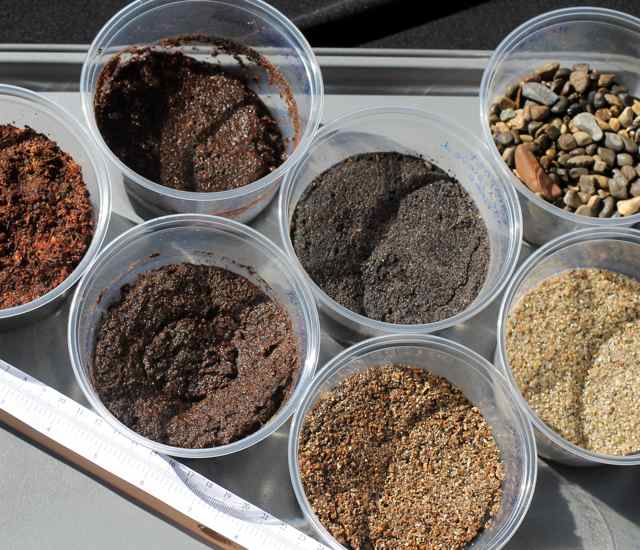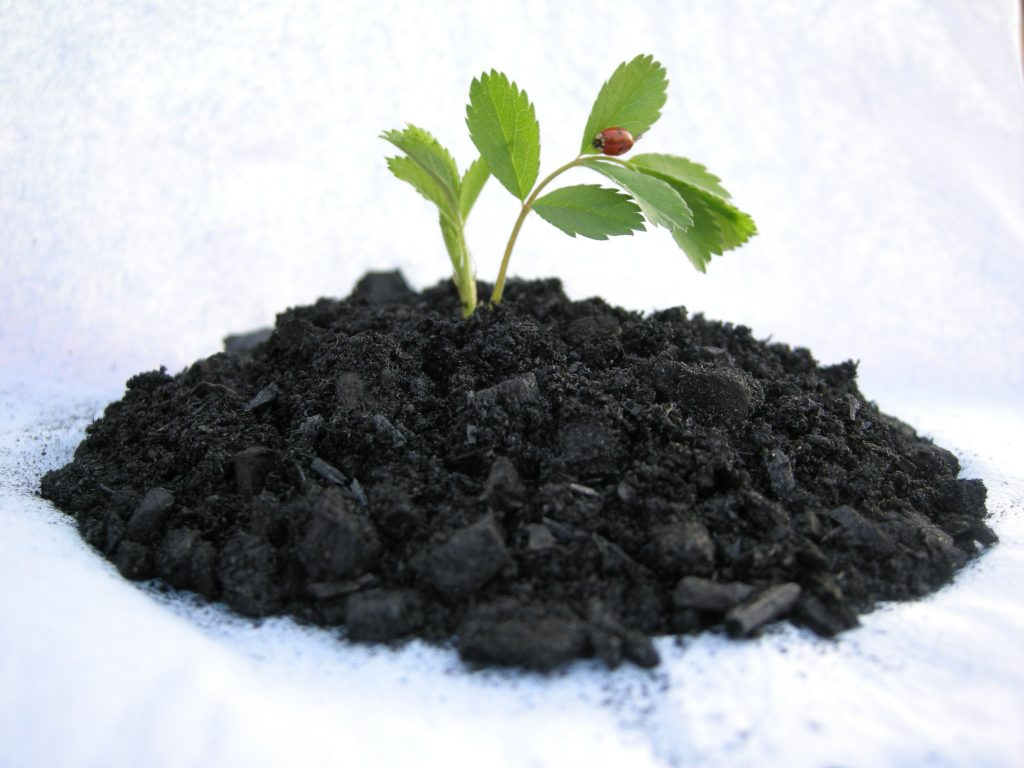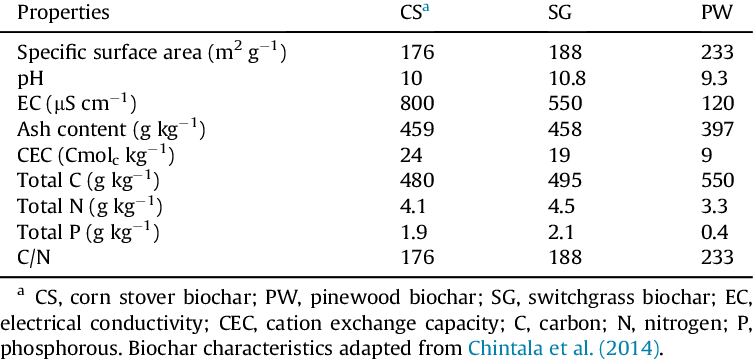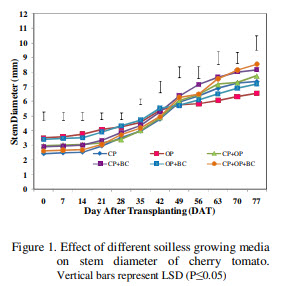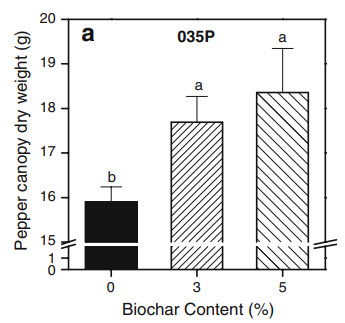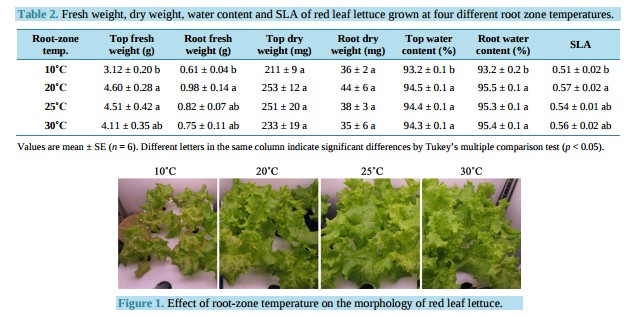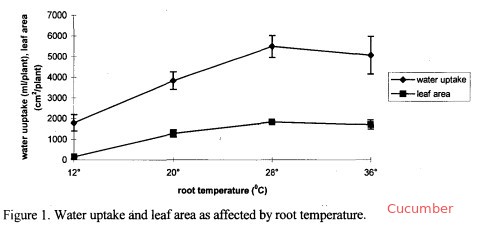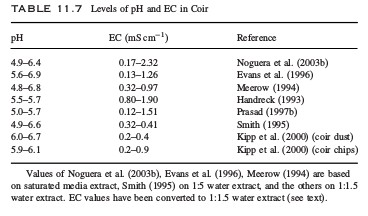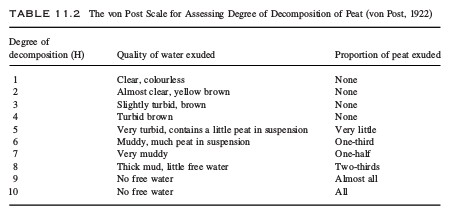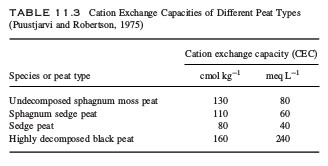What is the ideal amount of media per plant in hydroponics?
When designing a hydroponic crop, the amount of media is a crucial variable to consider as it will determine a lot of the capital costs involved as well as play a key role in determining how irrigation is setup and how big the plants can get. However, how can we figure out what the ideal amount of media in a crop actually is? In today’s post I am going to talk about the amount of media per plant in hydroponics, which factors play into deciding what size to use and what different choices will affect other aspects of your crop, such as irrigation frequencies and plant densities.
The first question we need to ask ourselves is, why do we need the media? The function of the media is to provide the root system with structural support and environmental protection. Plant roots cannot generally survive in the open air, so the media provides a cozy home where the roots can prosper and give the plant the water and nutrients it requires. The volume of media you provide will determine the size of this “safe space” and the actual media choice will determine how “safe” the space actually is. Plants require media to allow for enough air – because nutrient uptake requires oxygen – but it also requires the media to allow for some water retention in order for water and nutrient uptake to actually take place. How optimum this oxygen/water/nutrient relationship is for a given media choice, will determine how big the media needs to be in order to sustain the plant.

Plants that are large also require a lot more water/nutrients, so the media and root system will need to provide enough absorption. A small amount of media will demand more from the root system – every cubic inch of root will need to work more efficiently – and it will also demand more from the irrigation scheduling, because ideal conditions will need to be more closely monitored since the root system will affect them quicker. You can sometimes see huge plants grown in 6′ x 6′ x 6′ rockwool cubes, these offer a small amount of volume (0.9 gallons), so to support a big plant, ideal media conditions need to be maintained all the time, which means very judicious monitoring of water content and frequent irrigation periods. As the cubes are irrigated the plant quickly uptakes water/nutrients, so the cube needs to be irrigated again. However, irrigate too frequently and oxygen content will drop and the plant will start to suffer as the root system won’t be able to cope to maintain the plant’s needs.
An evaluation of the media volume therefore requires an evaluation of other growing conditions. Consider when irrigation cycles will happen, how is monitoring going to be done and how does the media need to be managed to reach ideal conditions. More media, means bigger costs but more forgiving root zone conditions, so less experienced growers can often do better with larger amounts of media. Novice growers will often fail when attempting to grow plants using less media, because they lack the experience to maintain the conditions needed for this to happen. When growing larger plants, media volume per plant in the order of at least 5 gallons is recommended for people who don’t have a lot of experience or for conditions where close monitoring of the plants and automated irrigation is not going to be a choice.
Take this study on tomatoes grown using different volumes of media, the authors were able to achieve the same results with either 10L or 15L containers, but they got lower yields when moving to smaller container sizes. Someone starting out under these conditions would be better off erring on the higher side – using more media than less – in order to avoid reducing their yields due to insufficient volume being present for the irrigation conditions used. This might mean a higher expense, but a successful crop is always preferred to a crop with lower yields/failure. It’s easier to plan for more media and then reduce it than the opposite.
If you are already growing and you want to lower the amount used per plant, you need to consider whether your media will allow for this or not. Only media that allows for significantly high water retention will allow for this to happen under intermittent irrigation, while media that do not retain water very well will only be able to do this under basically constant drip irrigation. If you’re already doing 10+ irrigation cycles per day in intermittent irrigation with adequate dry-back between periods, then the media might already be reaching its limits in terms of what the root system can do in that volume. Watching how the water content changes as a function of time will help you assess whether your media can be pushed harder or not. If run-off EC/pH values are getting too extreme, this might also be a sign that you’re reaching extreme regions in your media.
Remember that plants need to uptake the same amount of water/nutrient per unit of time to sustain growth. This means that a plant that requires 3 gallons of nutrient solution per day will still require this amount, regardless of whether the volume of the root zone is 1 gallon or 5 gallons. If you go from 5 gallons to 1 gallon then the drybacks will be significantly faster, so you need to adapt in terms of irrigation frequency.
In summary, media volume is a complex topic and requires a careful examination of different factors. Think about what ideal conditions are like for the media you chose and whether the irrigation system can provide enough oxygen/water/nutrients for the root zone in a given volume to fulfill the plants needs per day. When in doubt, use more media. If media reductions are being considered, remember that this will mean quicker dry back periods and therefore more frequent irrigation required. This means much higher stress for plants if irrigation cycles are missed or if problems in the root zone arise (for example problems with solution pH). Less media used means a more technical approach with more judicious monitoring will be required.
